#ReaCT2021- Extreme right and extreme left in pandemic times: some reflections
by Barbara Lucini, ITSTIME “Cattolica” University
 The pandemic scenario that emerged with the spread of the Covid-19 epidemic has highlighted some challenges, which many companies will face in the coming years.
The pandemic scenario that emerged with the spread of the Covid-19 epidemic has highlighted some challenges, which many companies will face in the coming years.
The new types of extremism that took shape in the immediate weeks following the onset of the pandemic are one of them. In fact, like any crisis, the health pandemic crisis has had an impact on terrorist organisations and extremist movements.
The first considerations that can be made in this field, focus on some emerging and typical characteristics of left and right extremism, which seem increasingly to have common trends in the use of skills, methodologies and communication strategies spread both online and in real life.
First of all, the paradox present in the increasingly international vocation, which promotes the prospect of an organizational network, animated by the crossing of geographical boundaries to unite dissimilar currents of thought and action: this internationalization, however, implies for both the extreme right and left orientations, a strong roots on the territory of origin, which increasingly assumes the cultural signature of these extremist groups. An example for everyone, the far-right PEGIDA group in Germany, which was born in Dresden and which could not be eradicated from that city and from that socio-cultural context.
This group is also interesting because it highlights another characteristic of extremist groups at the time of the pandemic: the transfer of their thought dissemination, recruitment and funding activities, mainly online. In fact, it was precisely for the PEGIDA group, which organized marches on a Youtube channel during the lockdown in Germany.
New methodologies and different uses of the network are now increasingly appearing to be a systematic trend for both extremist orientations.
Another aspect to note, which has affected national and international far-right groups, is the promotion of disinformation and fake news on issues related to the pandemic. This mode of action is a new form of communicative extremism, which has the aim of producing even more chaos and uncertainty generated by the pandemic crisis, reinforcing the dominant thinking orientation of the extremist group of reference.
In this regard, the various conspiracy theories have been fertile ground, for the use of this methodology by some extreme right-wing movements, already in place with the Cambridge Analytica scandal.
In Italy, the situation regarding right-wing and left-wing extremism is similar to that of other European countries, while preserving some cultural specificities.
Comparing forms of the extreme right and left in Italy at the time of the pandemic it is possible to argue that a competition is taking place, which concerns their survival in a national framework changed by the pandemic; the demands made between the two orientations of some anti-lockdown protests demonstrate a reorganisation in place and, above all, the new heterogeneous structure of the future threat, which will see more and more mixed and varied cultural extremist forms compete or ally, with the aim of provoking social disorder and institutional crises.
In this context, it becomes essential to rethink from a theoretical perspective ideological definitions, which no longer satisfy as in the past the classification of extremism and terrorism of right and left and finally develop methodologies of study and analysis suitable for the consideration of socio-cultural aspects, often underestimated, expressed by the various forms of extremism especially in online environments.

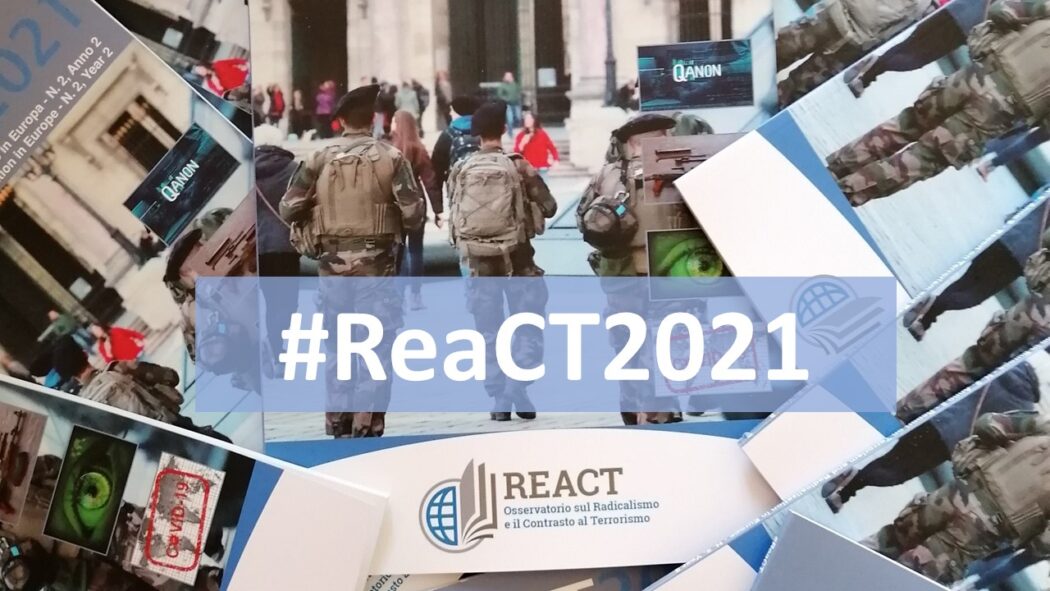













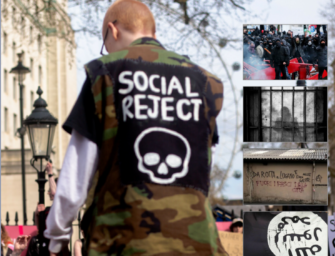
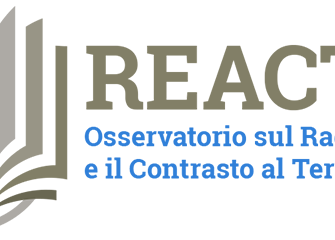
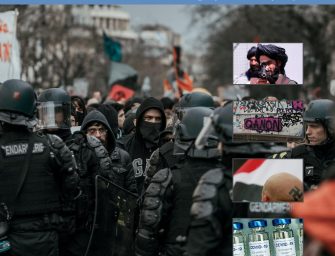


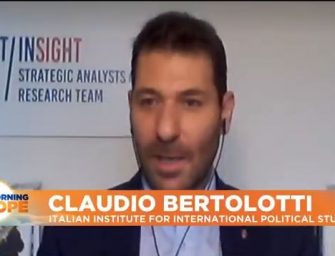



There are no comments
Add yours